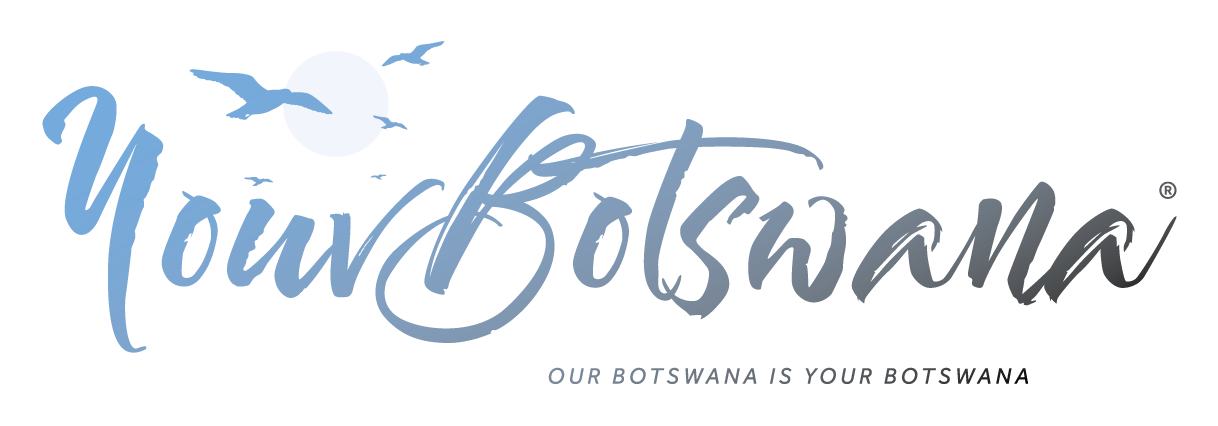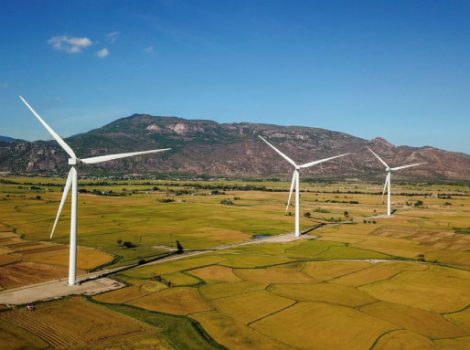
8 April 2025
Botswana is positioning herself to be a regional hub for renewable energy buoyed by the vast sunshine resource it has, which is currently untapped. The diamond-rich nation has solar energy potential of over 3, 200 hours of sunshine per year and an average insolation of 21 megajoules per square metre.
As a result, the Ministry of Minerals and Energy is finalising a market study to identify regional offtakers, a crucial step in Botswana’s goal of generating up to eight gigawatts of electricity for both domestic use and export. Addressing Parliament recently Minerals and Energy minister, Bogolo Kenewendo, emphasised that enhancing local capacity was critical to supporting economic objectives and achieving universal electricity access.
“Given our electricity supply-demand dynamics, it is imperative to increase local generation capacity to achieve energy self-sufficiency with reserve margins for system security and surplus for export,” she stated.
As part of the country’s commitment to secure 50% of its electricity from renewable sources by 2030, the ministry has revised its plans for major solar projects. Initially, two large-scale projects were planned; a 200MW concentrated solar power plant in Maun and a 100MW solar photovoltaic (PV) project in Letlhakane. Instead, the government has opted for Maun Solar PV (500MW), Letlhakane Solar PV (400MW), Isang Solar PV (400MW), and Mmadinare Solar Project (100MW).
These projects, with a combined capacity of 1.5GW, will be implemented through private sector investment, with the Botswana Power Corporation (BPC) acting as the offtaker under long-term Power Purchase Agreements (PPAs) of up to 25 years. To support small-scale solar initiatives, the government said it continued to implement its rooftop solar programme for domestic, commercial, and industrial consumers, with an installed capacity of 30MW to date.
Additionally, biogas initiatives are being rolled out to promote clean cooking solutions, with 324 biogas digesters already constructed.
“Utility-scale projects by foreign private sector entities require at least 40% mandatory shareholding by Botswana citizen-owned companies.
However, small-scale solar PV investments are reserved for 100% citizen-owned companies,” Kenewendo added.
Botswana currently consumes approximately 4,800 gigawatt-hours (GWh) of electricity per year, with a peak demand of 680 megawatts (MW) and a base load of 400 MW. Demand is projected to rise by five percent annually, reaching 7, 000 GWh by 2040. Presently, about 65% of the country’s electricity demand is met through local generation, with the rest imported from neighbouring countries such as South Africa.
Source: https://rb.gy/c8aovr



